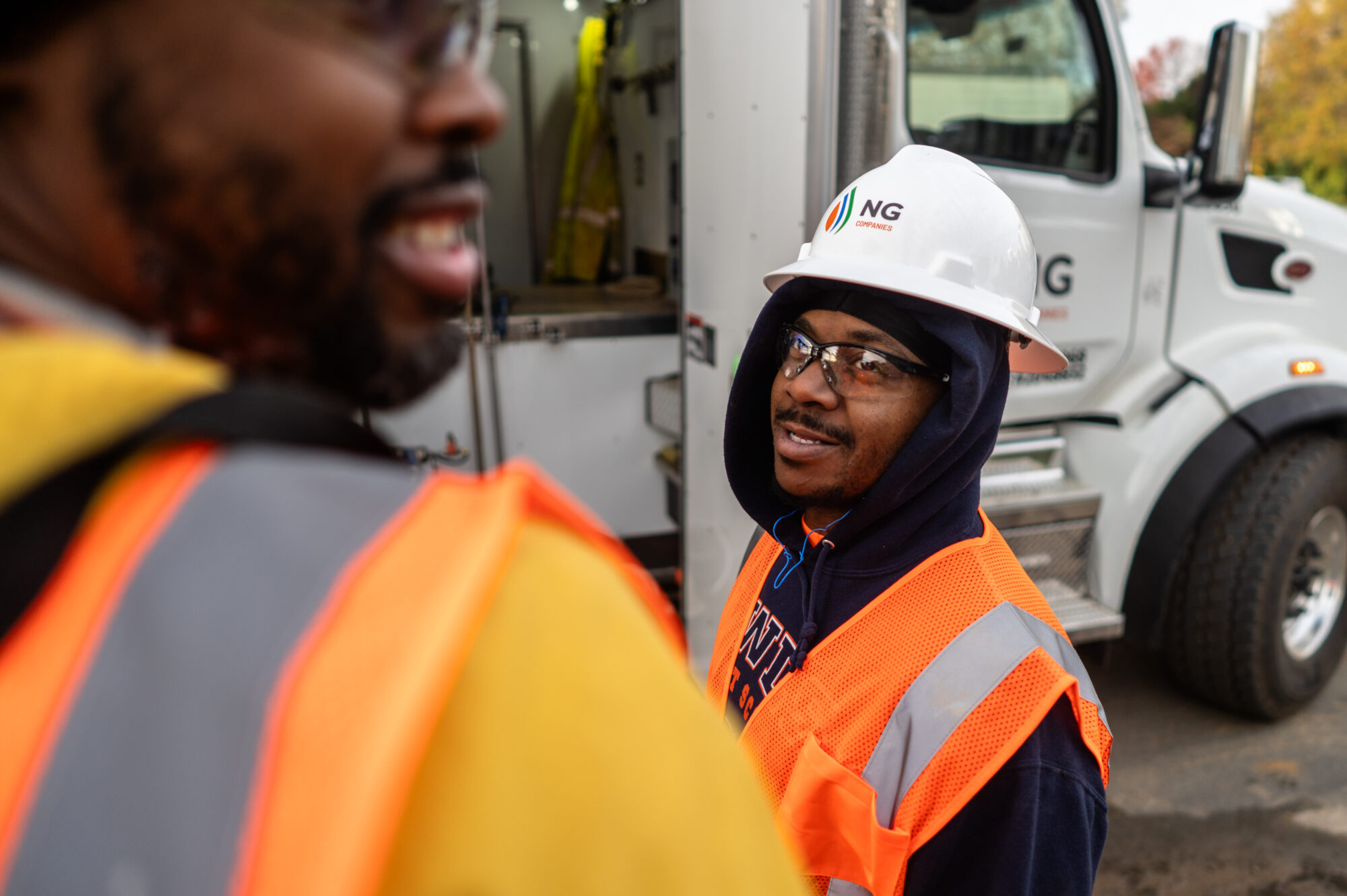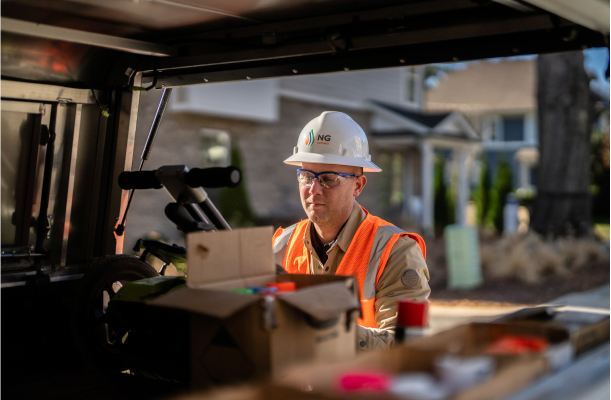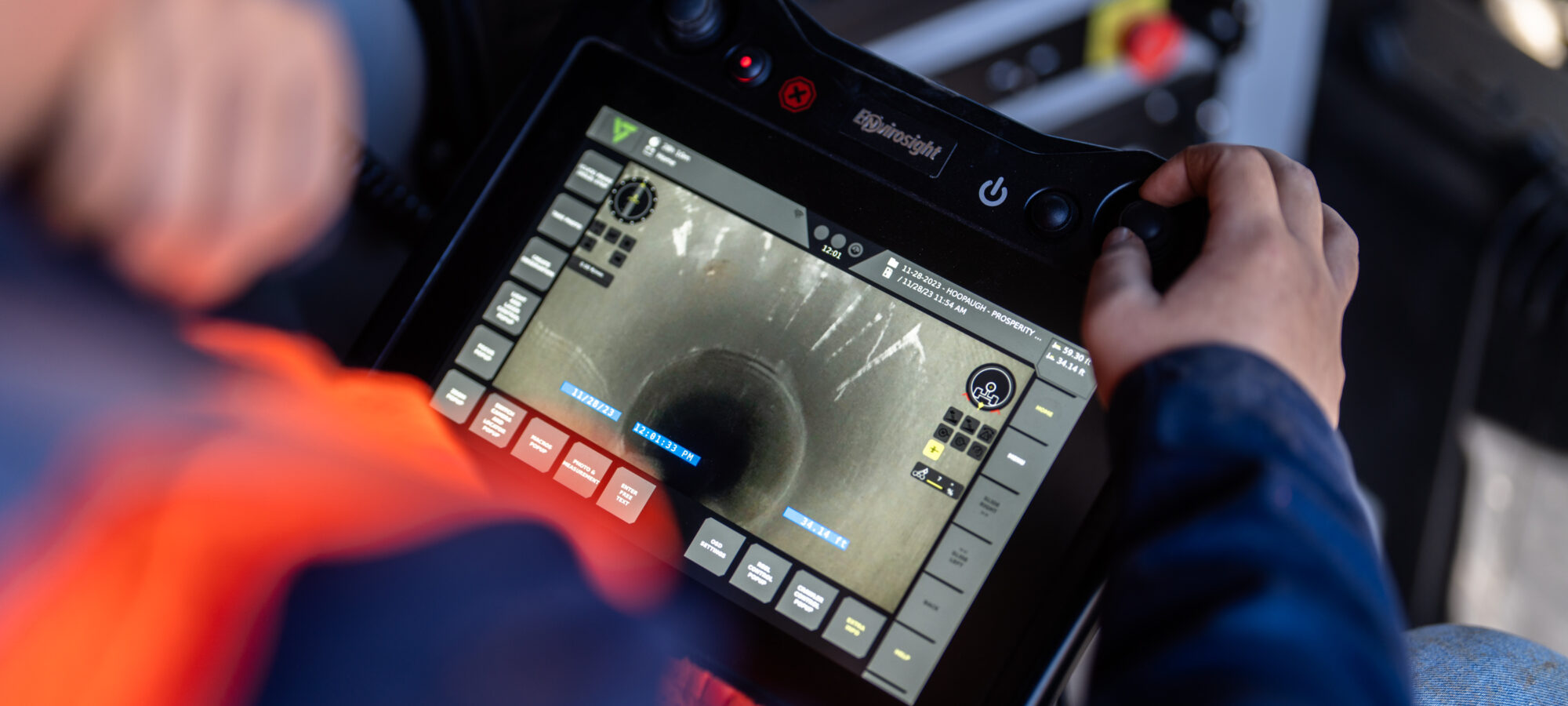When it comes to infrastructure maintenance, hidden issues in pipes can quickly escalate into very expensive repairs if left undetected and unaddressed. Fortunately, finding and diagnosing underground pipe problems is made easier with the use of video pipe inspection (VPI) technology. This non-destructive, remote method provides access to hundreds of feet of pipes so that blockages, cracks, and leaks can be discovered. So, let’s explore how video pipe inspection works and how it’ll help you prevent costly underground infrastructure repairs.
What is video pipe inspection?
Video pipe inspection, also frequently referred to as CCTV (Closed-Circuit Television) is a revolutionary technology that allows visual access to the inside of underground pipes and infrastructure. It’s like a subsurface spy cam. With VPI, blockages, leaks, cracks, root intrusion, and any other kind of damage can be identified with pinpoint accuracy without invasive digging. Not only that, but it’s also used to create comprehensive underground maps including hard-to-discover elements like lateral lines.
What kind of pipes and underground structures can be explored using VPI?
While sewer systems are probably the first thing that comes to mind, there are actually quite a few types of underground infrastructure systems that can be explored using video technology. Here are a few:
- Sewer and drain pipes
- Water supply pipes
- Stormwater drains
- Industrial pipes
- Gas and oil pipelines
- Telecommunication conduits
- Culverts and bridges
- Tunnels and underground chambers
VPI detects problems early.
One of the primary advantages of video pipe inspection is its ability to detect problems at an early stage. As anyone who works in the construction industry knows, seemingly small issues can turn into really big problems without early intervention. At NG Companies, we use this proactive approach to help our clients stay in front of costly repairs and extend the life of existing underground infrastructure. Some of the most common types of problems we see include:
- Blockages, leaks, root intrusions, and other issues that can impede the flow of wastewater.
- Leaks, corrosion, scale buildup, and other potential issues affecting water quality and delivery.
- Blockages, debris accumulation, structural damage, and sediment buildup that can cause flooding or drainage issues in stormwater drainage systems, culverts, catch basins, and storm sewers.
- Corrosion, leaks, obstructions, and integrity issues that can impact the operations and safety of industrial pipelines, cooling water lines, wastewater discharge pipes, and more.
- Corrosion, leaks, weld defects, coating damage, and environmental hazards in gas and oil pipelines that pose risks to public safety and environmental compliance.
- Obstructions, locate faults, or damage that may affect underground telecommunication conduits, fiber optic cables, and utility ducts.
- Erosion, structural deterioration, sediment buildup, and hydraulic issues in culverts, bridge abutments, and underground structures in transportation infrastructure.
- Water ingress, material deterioration, and safety hazards in tunnels, vaults, and chambers.
Get an accurate diagnosis with video pipe inspection.
Video pipe inspection gives you a level of accuracy that traditional inspection methods may lack. Quite simply, if you can’t physically see something, it is difficult to find or diagnose an issue. But with a real-time video feed, your technician can see the exact condition a system is in and identify the location and severity of any issues with precision.
Like with any health issue a person might face, understanding where and what the problem is provides the foundation for an effective treatment plan. Underground pipes and infrastructure are no different. Real-time diagnostics, precise location tagging, and detailed reporting give you the information you need to make targeted repairs or perform targeted maintenance.
CCTV/VPI can prevent emergency situations.
CCTV/VPI can help prevent emergency underground situations by catching potential issues before they escalate. Whether you’re using video for routine maintenance (highly recommended), pre-purchase assessments, or troubleshooting, you are taking the right step to prevent future emergency situations that could be devastating to your timeline, budget, and even the surrounding community in the case of hazardous leaks. Protect your investments early and often.
Cost savings add up when you use VPI.
If you’re noticing that prevention is a trend in this article, that’s because the biggest benefit of video pipe inspection is staying ten steps ahead of underground trouble. Why? Because problems equal expenses. The bigger the problem, the bigger the expense. The more you can avoid unforeseen obstacles, the more able you are to avoid costly outflows of cash and time.
By detecting problems early, avoiding emergency repairs, and making targeted fixes, you can minimize repair costs, prevent property damage, and skip extensive replacements. The upfront investment in video pipe inspection services is far outweighed by the potential savings and peace of mind it provides.
Hire video pipe inspection pros who can save you time and money.
You don’t know what you don’t know, and in the case of underground infrastructure, you don’t know what you can’t see. So, hiring a company that understands VPI technology, diagnostics, and reporting is crucial to the success of your construction projects. NG Companies has the experience and knowledge needed for proactive problem-solving, data-informed decision-making, and long-term reliability. We’d love to earn your business. If you’re looking for a best-in-class VPI service provider, let’s talk.
Discover how NG Companies’ video inspection detects and prevents costly damage.
 About NG CompaniesLearn more about NG Companies’ values, missions, and why we’re the right choice to partner with you.
About NG CompaniesLearn more about NG Companies’ values, missions, and why we’re the right choice to partner with you. SafetyLearn more about how we keep our people, our partners, and the public safe.
SafetyLearn more about how we keep our people, our partners, and the public safe. NewsLearn more about how we keep our people, our partners, and the public safe.
NewsLearn more about how we keep our people, our partners, and the public safe.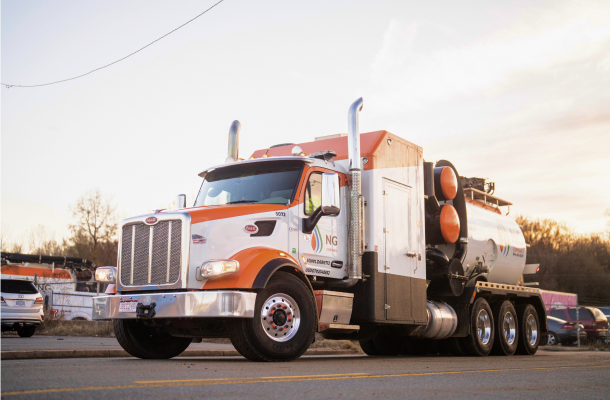 Our WorkTo learn the scope and caliber of NG Companies’ work, explore our proud body of work.
Our WorkTo learn the scope and caliber of NG Companies’ work, explore our proud body of work. OverviewDiscover how we deliver the highest level of damage prevention to ensure safety on all of your projects.
OverviewDiscover how we deliver the highest level of damage prevention to ensure safety on all of your projects.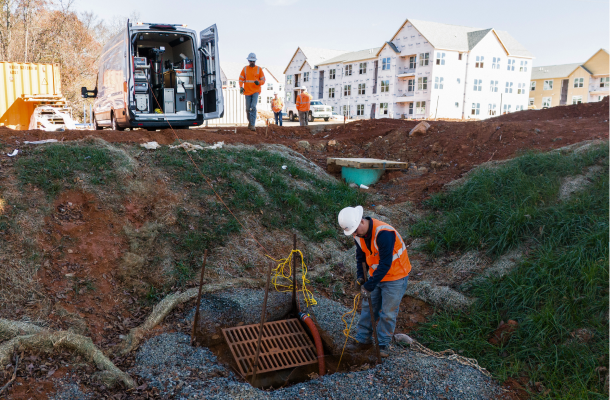 Video Pipe InspectionLearn how we operate our 360° video pipe inspection to ensure accuracy and precision.
Video Pipe InspectionLearn how we operate our 360° video pipe inspection to ensure accuracy and precision. HydrovacUnderstand what sets NG Companies apart with leading and precise industry technology.
HydrovacUnderstand what sets NG Companies apart with leading and precise industry technology.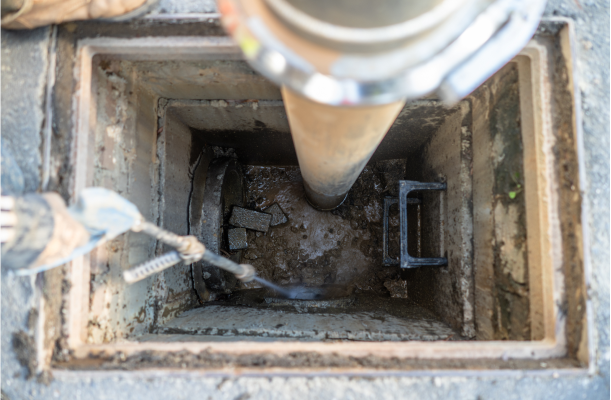 Line JettingLearn about NG Companies’ abilities to clear build-up and debris, damage assessment, and utility restoration.
Line JettingLearn about NG Companies’ abilities to clear build-up and debris, damage assessment, and utility restoration.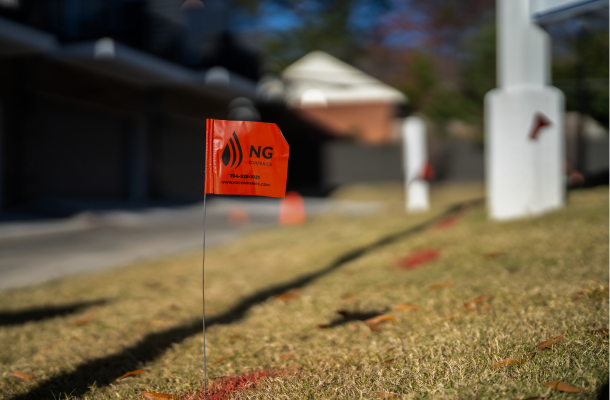 Utility LocatingNG Companies will provide swift and accurate utility locating services. Learn more about how we do it.
Utility LocatingNG Companies will provide swift and accurate utility locating services. Learn more about how we do it. About NG CompaniesLearn more about NG Companies’ values, missions, and why we’re the right choice to partner with you.
About NG CompaniesLearn more about NG Companies’ values, missions, and why we’re the right choice to partner with you. SafetyLearn more about how we keep our people, our partners, and the public safe.
SafetyLearn more about how we keep our people, our partners, and the public safe. NewsLearn more about how we keep our people, our partners, and the public safe.
NewsLearn more about how we keep our people, our partners, and the public safe. Our WorkTo learn the scope and caliber of NG Companies’ work, explore our proud body of work.
Our WorkTo learn the scope and caliber of NG Companies’ work, explore our proud body of work. OverviewDiscover how we deliver the highest level of damage prevention to ensure safety on all of your projects.
OverviewDiscover how we deliver the highest level of damage prevention to ensure safety on all of your projects. Video Pipe InspectionLearn how we operate our 360° video pipe inspection to ensure accuracy and precision.
Video Pipe InspectionLearn how we operate our 360° video pipe inspection to ensure accuracy and precision. HydrovacUnderstand what sets NG Companies apart with leading and precise industry technology.
HydrovacUnderstand what sets NG Companies apart with leading and precise industry technology. Line JettingLearn about NG Companies’ abilities to clear build-up and debris, damage assessment, and utility restoration.
Line JettingLearn about NG Companies’ abilities to clear build-up and debris, damage assessment, and utility restoration. Utility LocatingNG Companies will provide swift and accurate utility locating services. Learn more about how we do it.
Utility LocatingNG Companies will provide swift and accurate utility locating services. Learn more about how we do it. About NG CompaniesLearn more about NG Companies’ values, missions, and why we’re the right choice to partner with you.
About NG CompaniesLearn more about NG Companies’ values, missions, and why we’re the right choice to partner with you. SafetyLearn more about how we keep our people, our partners, and the public safe.
SafetyLearn more about how we keep our people, our partners, and the public safe. NewsLearn more about how we keep our people, our partners, and the public safe.
NewsLearn more about how we keep our people, our partners, and the public safe. Our WorkTo learn the scope and caliber of NG Companies’ work, explore our proud body of work.
Our WorkTo learn the scope and caliber of NG Companies’ work, explore our proud body of work. OverviewDiscover how we deliver the highest level of damage prevention to ensure safety on all of your projects.
OverviewDiscover how we deliver the highest level of damage prevention to ensure safety on all of your projects. Video Pipe InspectionLearn how we operate our 360° video pipe inspection to ensure accuracy and precision.
Video Pipe InspectionLearn how we operate our 360° video pipe inspection to ensure accuracy and precision. HydrovacUnderstand what sets NG Companies apart with leading and precise industry technology.
HydrovacUnderstand what sets NG Companies apart with leading and precise industry technology. Line JettingLearn about NG Companies’ abilities to clear build-up and debris, damage assessment, and utility restoration.
Line JettingLearn about NG Companies’ abilities to clear build-up and debris, damage assessment, and utility restoration. Utility LocatingNG Companies will provide swift and accurate utility locating services. Learn more about how we do it.
Utility LocatingNG Companies will provide swift and accurate utility locating services. Learn more about how we do it.

